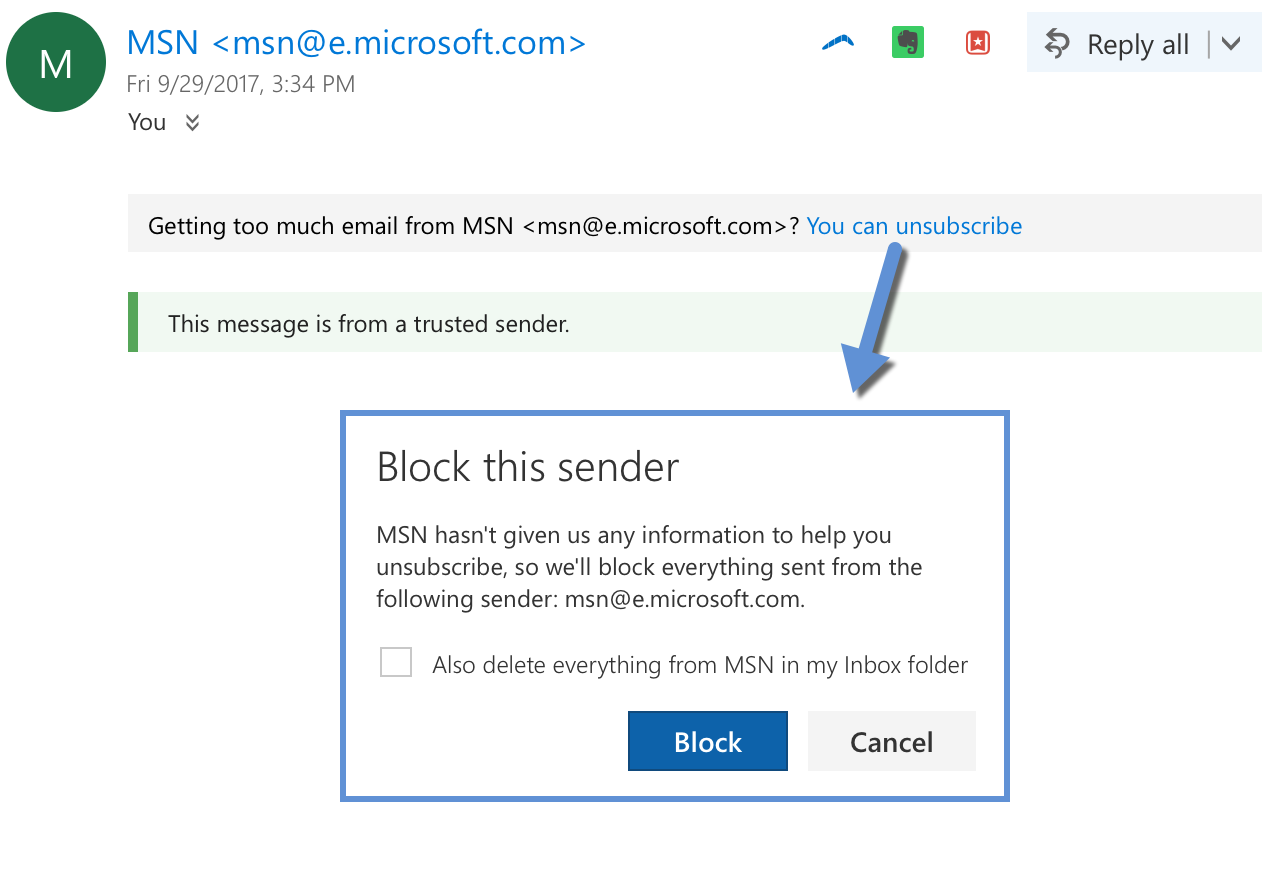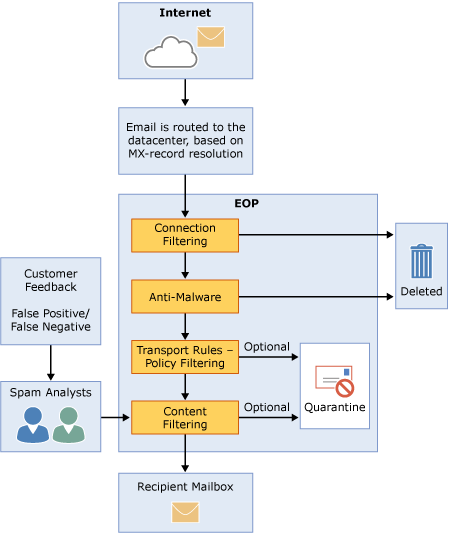SNDS issues and new Gmail
A bunch of folks reported problems with Microsoft’s SNDS page earlier today. This afternoon, our friendly Microsoft rep told the mailop mailing list that it should be fixed. If you see problems again, you can report it to mailop or your ESP and the message will get shared to the folks who can fix it.
The other big thing that happened today was Gmail rolled out their new inbox layout.
It’s… nice. I’ll be honest, I am not a big gmail user and have never been a huge fan. I got my first account way-back-during-the-beta. I used it to handle some of my mailing list mail. I could never work out how to get it to stop breaking threads by deciding to put some mail into the junk folder. I just gave up and went back to my shell with procmail (now sieve) scripts. I still have a couple lists routed to my gmail account, and the filtering is much improved – I can at least tell it to never bulk folder certain email.
The feature I’m really interested in is the confidential, expiring email. I’m interested in how that’s going to work with non-Gmail accounts. Within Gmail makes perfect sense, but I don’t think Gmail can control mail once it’s off their system.
My best guess is that Gmail will end up sending some type of secure link to recipients using non-Gmail mail servers. The message itself will stay inside Google and recipients will only be able to view mail through the web. That’s how the vast majority of secure mail systems work.
If anyone has the secure message already, feel free to send me a secure message. I’ll report back as to how it works.


